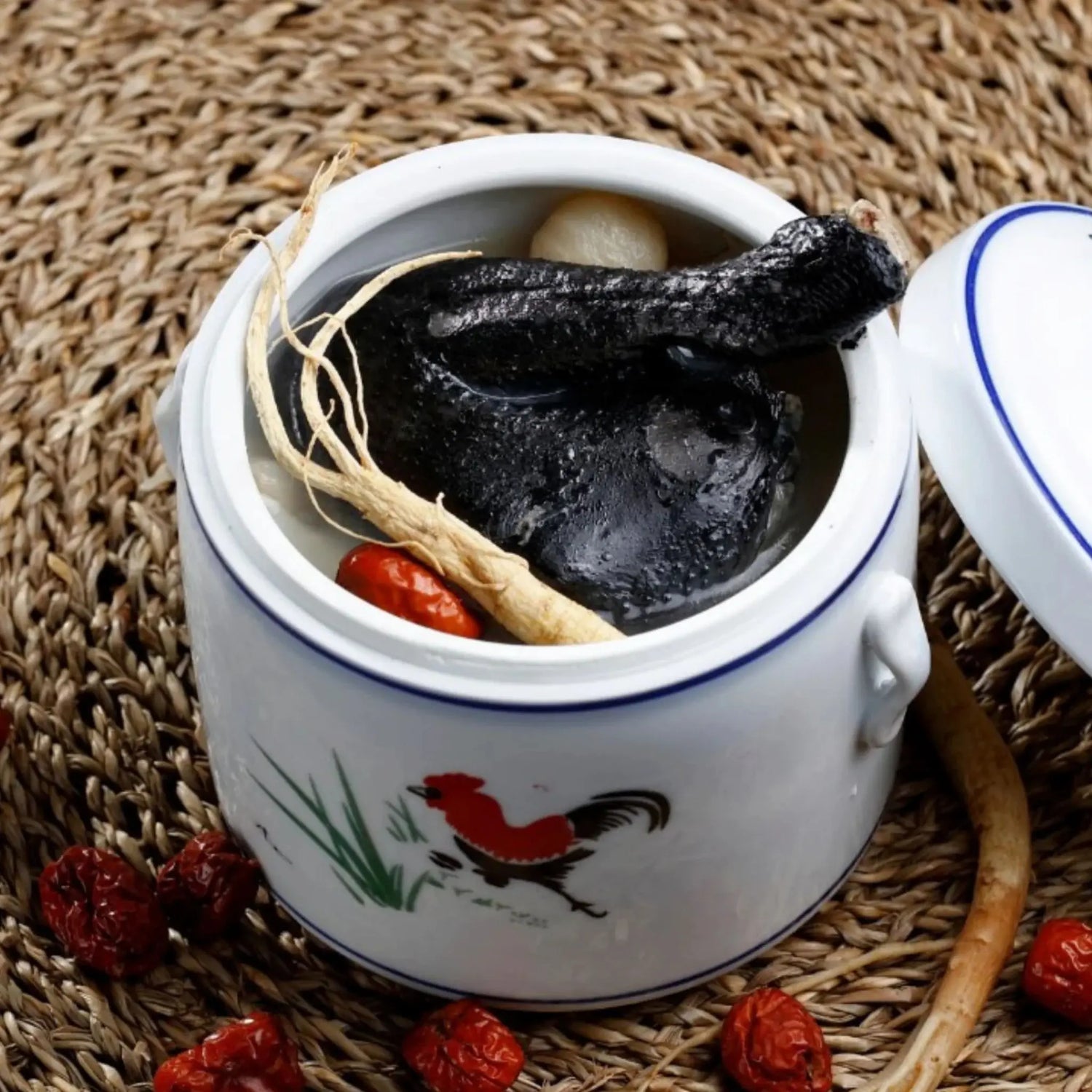Rebuilding Exercise and Gentle Movement in Confinement
After childbirth, rest is essential but so is movement. For centuries, Asian cultures have emphasised stillness and warmth during postpartum recovery, yet modern research increasingly supports the idea that gentle movement in confinement can aid healing, circulation, and emotional wellness. At Golden Month, we believe recovery and mobility can go hand in hand especially when guided by your body’s unique rhythm.
This blog serves as a complete guide for active mums who want to integrate postpartum exercise and safe after birth movement into their confinement period without compromising traditional values or their body’s need for deep rest. With expert guidance, traditional wisdom, and your body’s cues, it’s absolutely possible to heal, move, and thrive in the fourth trimester.
Why Movement Matters After Birth
While it’s true that new mothers need rest, especially during the first 7-14 days, light movement also has significant benefits:
- Boosts circulation and oxygen flow
- Helps prevent blood clots and constipation
- Supports mental health and reduces “baby blues”
- Encourages lymphatic drainage
- Aids in healing abdominal separation and pelvic floor tension
Movement doesn’t mean jumping back into a gym class - it means controlled, supportive actions like pelvic floor rehab, deep breathing, and yoga during confinement. Paired with proper nourishment from services like confinement meal delivery, these gentle activities help rebuild strength, improve circulation, and support emotional balance during your recovery journey.
Traditional Confinement vs. Modern Mobility
In traditional Chinese confinement, movement is typically limited. The body is considered to be in a weakened “cold” state and must be protected from wind, cold air, and overexertion. This is why mums are often advised to stay indoors, avoid washing their hair, and lie down as much as possible.
Today, many women still appreciate this restorative mindset but they also crave autonomy, especially after months of pregnancy and labour.
Modern confinement finds a balance. It honours the need for warmth and stillness but allows safe, progressive mobility based on how a mother feels. This is where gentle movement in confinement comes in: a hybrid approach that respects both cultural roots and medical best practices.
When to Start Moving: A Safe Timeline
Every postpartum body is different. However, here’s a general timeline for introducing movement during confinement:
First 3-5 Days
- Deep breathing exercises
- Leg pumps and foot circles in bed to prevent clots
- Gentle pelvic tilts while lying down
- Short trips to the bathroom or around the room
Week 1-2
- Begin gentle standing stretches (arms, neck, spine)
- Side lying leg lifts or bridges (with support)
- Basic pelvic floor rehab exercises (Kegels or pelvic squeezes)
Week 3-4
- Add seated or standing yoga confinement stretches
- Slow, mindful walking indoors
- Light core engagement (diaphragmatic breathing)
Always consult with your midwife or doctor before introducing any postpartum movement.
Top Gentle Movements During Confinement
Here are some safe, effective movements you can try during your confinement month:
1. Pelvic Floor Activation
The pelvic floor takes a lot of pressure during pregnancy and birth. Gentle contractions (Kegels) help rebuild strength, support the bladder, and prepare your body for future movement.
How to: Contract the muscles you’d use to stop urine flow. Hold for 3-5 seconds, release. Repeat 10 times, 3x daily.
2. Diaphragmatic Breathing
Deep belly breathing calms the nervous system, strengthens the diaphragm, and connects your core muscles post birth.
How to: Sit or lie down. Inhale slowly through your nose, letting your belly expand. Exhale fully through your mouth. Repeat for 5-10 minutes.
3. Supported Bridge Pose
Engages glutes, opens the hips, and encourages spinal flexibility.
How to: Lie on your back with knees bent, feet flat. Press into your heels to lift hips slightly. Avoid over arching your back.
4. Seated Forward Fold
A gentle way to stretch the spine and hamstrings while calming the mind.
How to: Sit with legs extended. Inhale, reach arms up. Exhale, fold forward slowly, resting hands on your legs.
5. Walking Meditation
Slow walking either around your room or garden improves circulation, reduces anxiety, and enhances mindfulness.
Tip: Wear socks or slippers to maintain warmth in keeping with confinement customs.
Integrating Traditional Healing with Movement
At Golden Month, we believe movement is just one part of healing. To fully support recovery, it should be paired with proper rest and confinement nourishment, such as:
- Chinese confinement soup: Supports blood circulation and digestion
- Red date confinement tea: Provides warmth and boosts energy
- Confinement meal delivery: Ensures consistent nutrition without stress
- Postpartum food service: Curated to promote healing and lactation
These foods align with TCM principles that reinforce your body as you gently reintroduce movement.
Mental Health and Movement
Physical movement often plays a role in emotional recovery as well. Many mothers report feeling disconnected from their bodies or overwhelmed by newborn care. Even 10 minutes of gentle movement can:
- Reduce cortisol (stress hormone)
- Improve sleep quality
- Boost serotonin and mood
- Rebuild confidence and body awareness
Paired with confinement rituals like herbal baths and warm meals, movement becomes a holistic wellness tool not just exercise.
Realistic Daily Routine: Movement + Recovery
Here’s an example of how to include gentle movement in confinement without disrupting rest:
Time & Act
|
Time |
Activity |
|
7:00 AM |
Wake up, red date tea, deep breathing |
|
8:00 AM |
Breakfast: steamed fish + Chinese soup |
|
10:00 AM |
Short stretching + pelvic floor work |
|
12:00 PM |
Lunch + hydration |
|
2:00 PM |
Light nap or bonding time with baby |
|
3:00 PM |
Seated yoga + supported bridge pose |
|
6:00 PM |
Dinner + herbal foot soak |
|
9:00 PM |
Evening walk (indoors), tea, early sleep |
This gentle rhythm prioritises nourishment, rest, and safe movement without overwhelming your system.
Tips for Safe Postpartum Exercise at Home
- Listen to your body: Stop if you feel pain or dizziness.
- Start slow: Progress is gradual don’t rush.
- Keep warm: Wear socks and cover your abdomen to align with TCM.
- Stay consistent: 5 15 minutes daily can make a big difference.
- Consult professionals: Ask your doctor or pelvic floor therapist if unsure.
FAQs: Gentle Movement During Confinement
1. Is it safe to move during the confinement period?
Yes, as long as movement is gentle and approved by your doctor. Activities like deep breathing, walking, and pelvic floor exercises are generally safe.
2. What if I had a C section?
Recovery may take longer. Start with breathing and circulation exercises and wait for your doctor’s go ahead before adding more movement.
3. Can I do yoga during confinement?
Yes yoga confinement stretches are a great way to reintroduce movement. Just avoid deep twists or ab work initially.
4. Do I have to follow traditional no movement rules?
No. Modern confinement encourages flexibility. Choose what feels right for your body.
Final Words: Move with Intention, Heal with Care
Gentle movement in confinement isn’t about bouncing back it’s about tuning in. By listening to your body and pairing movement with nourishing food, rest, and emotional support, you lay a powerful foundation for long term recovery. At Golden Month, we support your journey through the fourth trimester with custom confinement meals, herbal wellness products, and resources that combine tradition and modern care. If you’re ready to embrace a holistic recovery contact us to learn how our tailored confinement meal delivery and support services can nurture both healing and movement.






